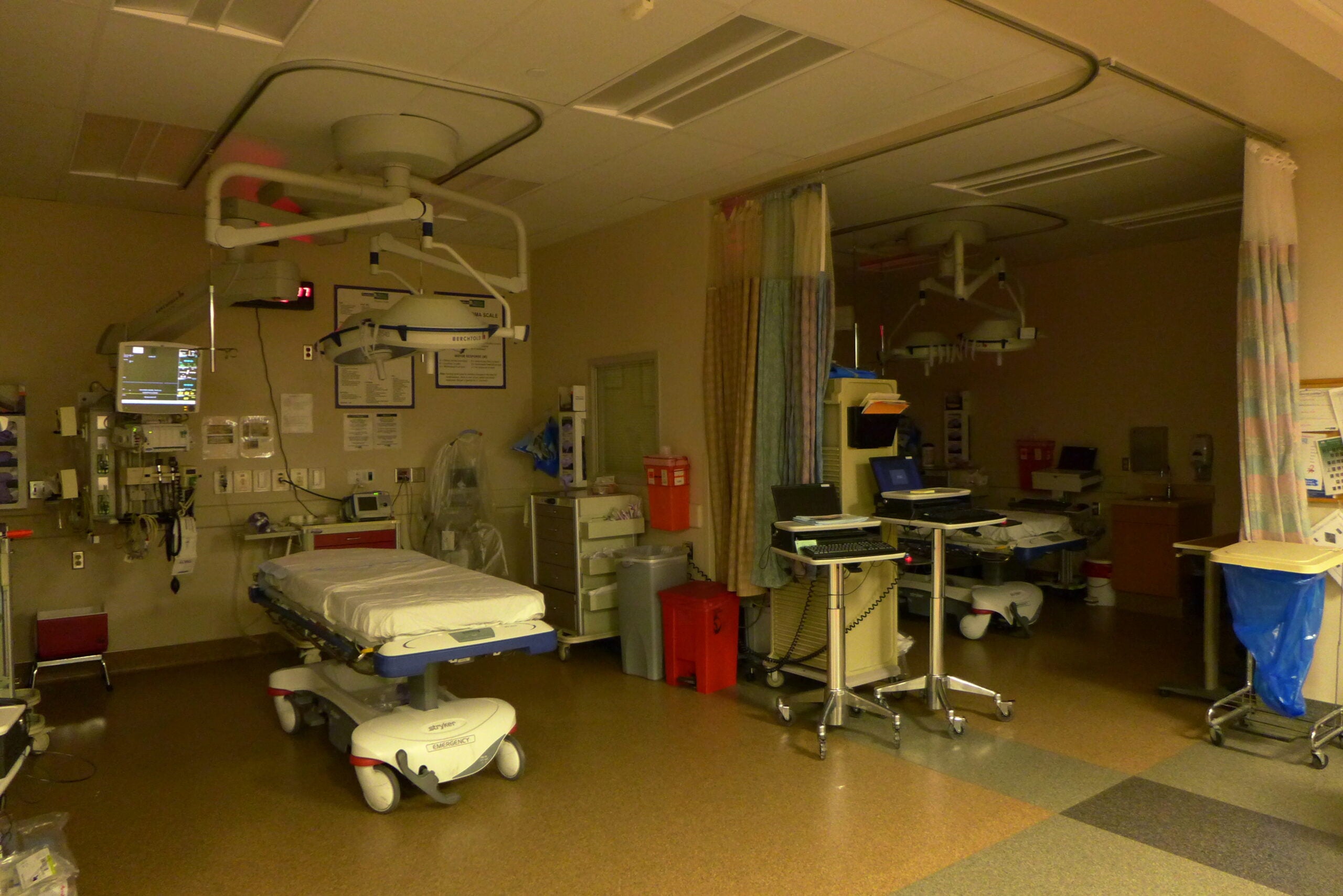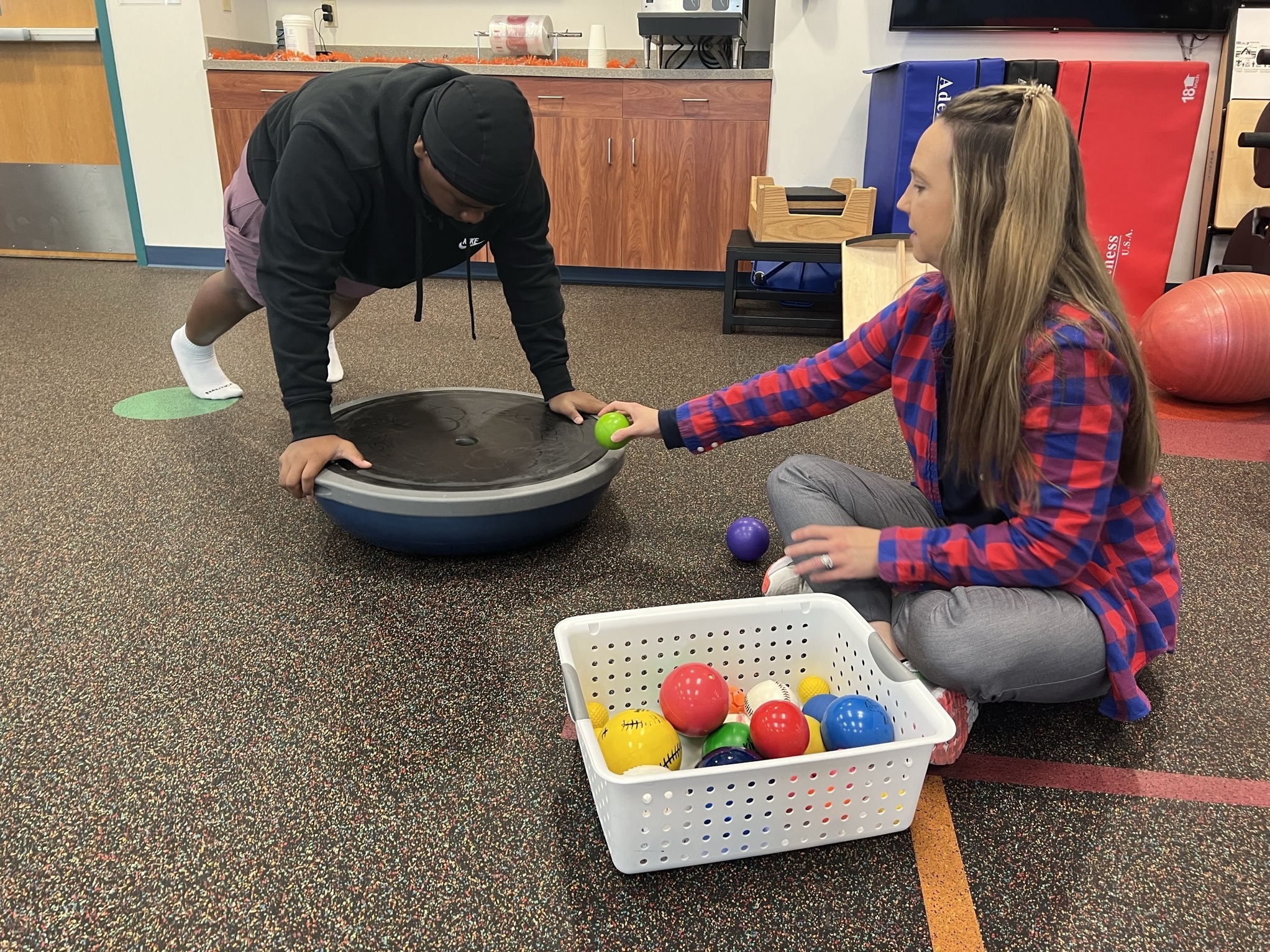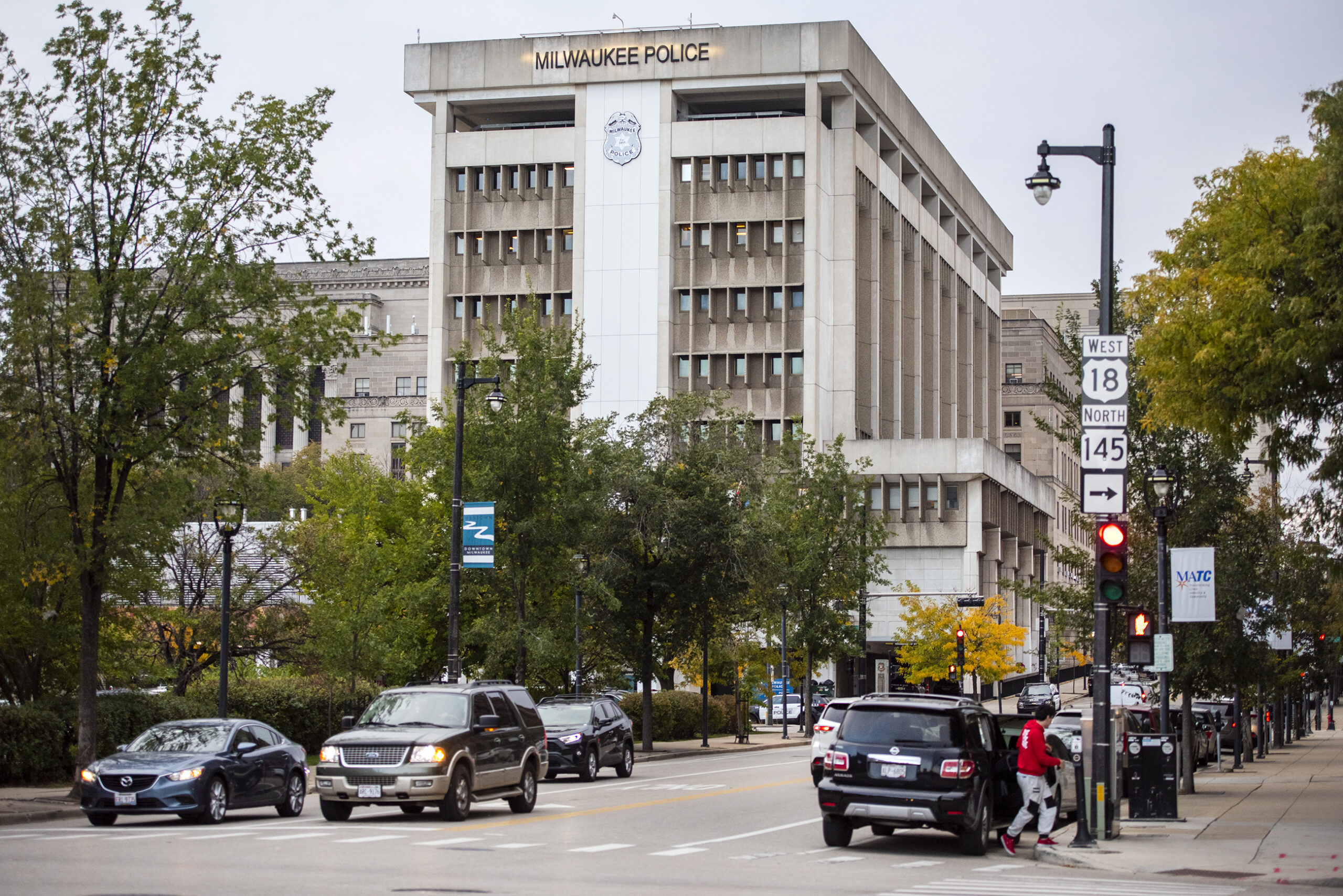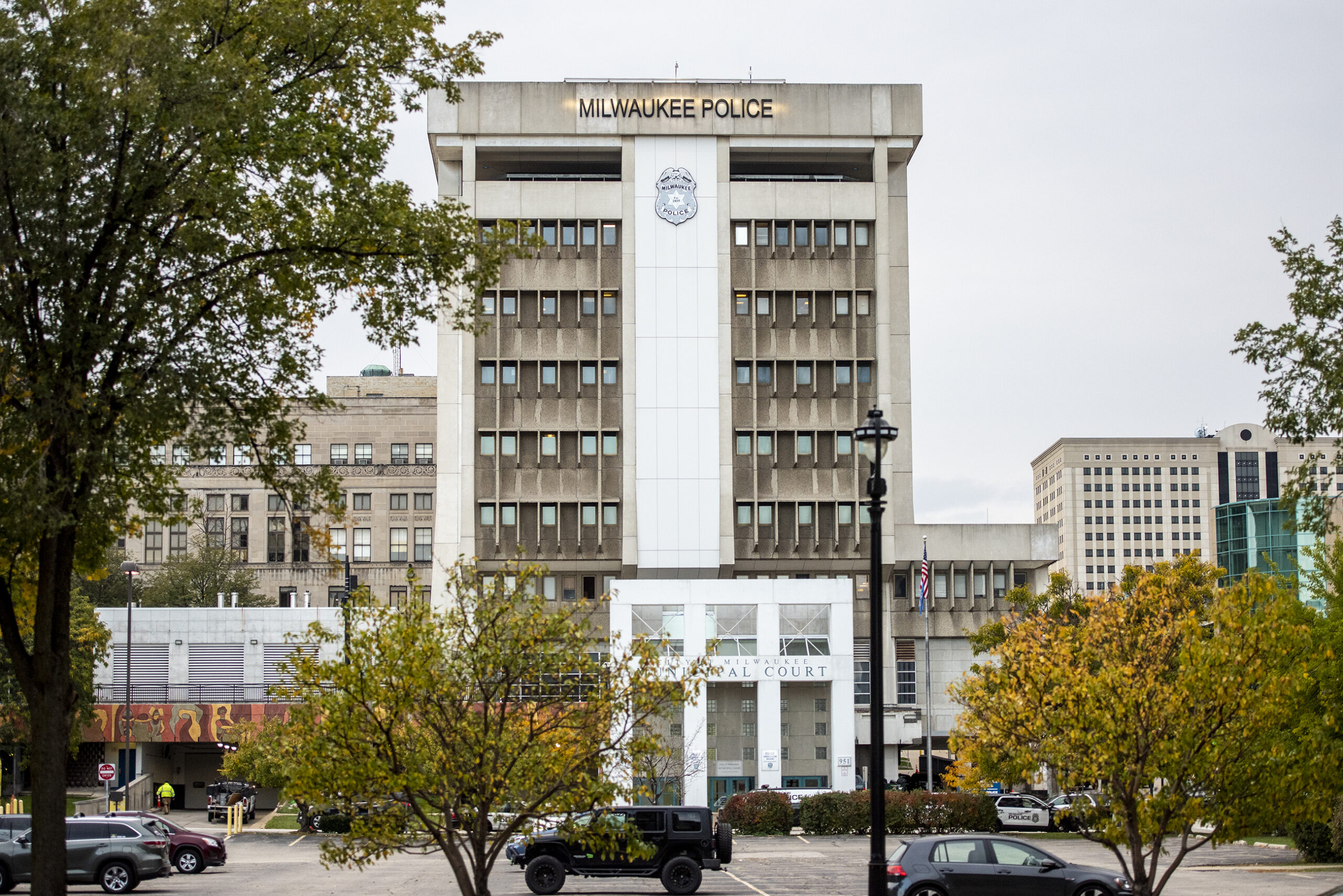On Nov. 18, police say that two armed robbers entered Bouchard’s, a clothing store on Martin Luther King Drive in Milwaukee. The assailants then shot the store manager in the chest during a gun battle.
Bouchard’s employee Alain Atra said it was difficult to see his colleague go down.
“You don’t expect something like that. You’re not deserving of something like that. You’re trying to earn your daily bread, you know, and take care of your family,” said Atra.
Stay informed on the latest news
Sign up for WPR’s email newsletter.
Bouchard’s, a clothing store that was recently the scene of an armed robbery and nonfatal shooting. Photo: Chuck Quirmbach/WPR News.
The 36-year-old store manager is apparently recovering from his wound. He’s just one of 575 people in Milwaukee who were wounded by gunfire this year — an increase of about 7 percent from last year. Those who survived a shooting this year did so because of the efforts of police and paramedics to preserve vital signs, as well as the work of local hospitals.
Around 200 to 300 gunfire victims get taken to the Trauma Center at Froedtert Hospital in Wauwatosa every year, and the great majority of them make it out alive. Doctor Steve Hargarten is among the medical personnel at the hospital who have been treating gunshot wounds for decades. He said that besides the knowledge gained through experience, one thing that has helped keep people alive is better medical images of where a bullet has passed through a body.
“The primary interest is determining the path, and the path suggests what the bullet has damaged,” said Hargarten. “The primary goal is repairing and controlling hemorrhage. The primary goal is organ repair.”
Hargarten, who is also a professor and chair of emergency medicine at the Medical College of Wisconsin, acknowledged that even when some people survive being shot, their quality of life may decrease.
“Certainly, those devastating injuries such as bullets to the head or spinal cord leave little opportunities for maximizing outcomes, and (victims) oftentimes and in fact predictably are having a life of disability,” he said.
At a gun violence prevention summit at University of Wisconsin-Milwaukee this month, Hargarten urged young people to view flying bullets as kinetic energy that causes a public health threat.
“Think about your leadership role in how you can prevent the transmission of that kinetic energy, because once that energy gets placed in the brain or in the chest, it’s pretty bad,” he said.
Meanwhile, the shootings continue in Milwaukee. In separate incidents this past weekend, a 13-month-old boy was killed and five adults were wounded by gunfire. Mayor Tom Barrett said there are various challenges to target.
“I go back to the illegal guns, I go back to illegal drugs, the illegal gang activity,” he said. “That’s what this is focused on. And we’re going to continue to put a lot of Police Department resources into solving these crimes and preventing this crimes.”
Asked if state government could help Milwaukee, Barrett said the city has not received significant assistance — an assertion that Gov. Scott Walker and Republican state lawmakers dispute.
The total number of people who were either fatally or nonfatally shot this year in Milwaukee is currently at 650, using data from the city of Milwaukee’s Homicide Review Commission.
Here’s a chart breaking down shootings in Milwaukee this year compared to 2013:
Nonfatal Shooting Incidents, Shooting Injuries, And Total Shooting Victims In Milwaukee In 2013 vs. 2014
Wisconsin Public Radio, © Copyright 2024, Board of Regents of the University of Wisconsin System and Wisconsin Educational Communications Board.





